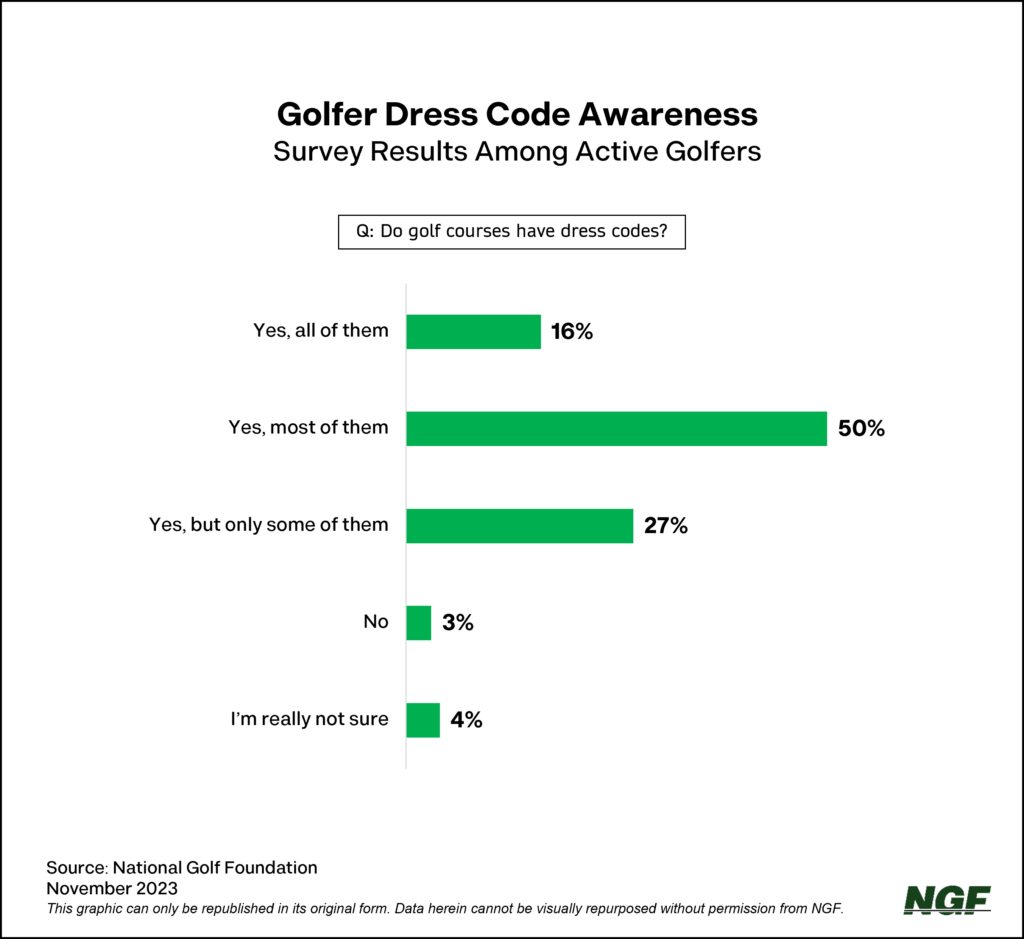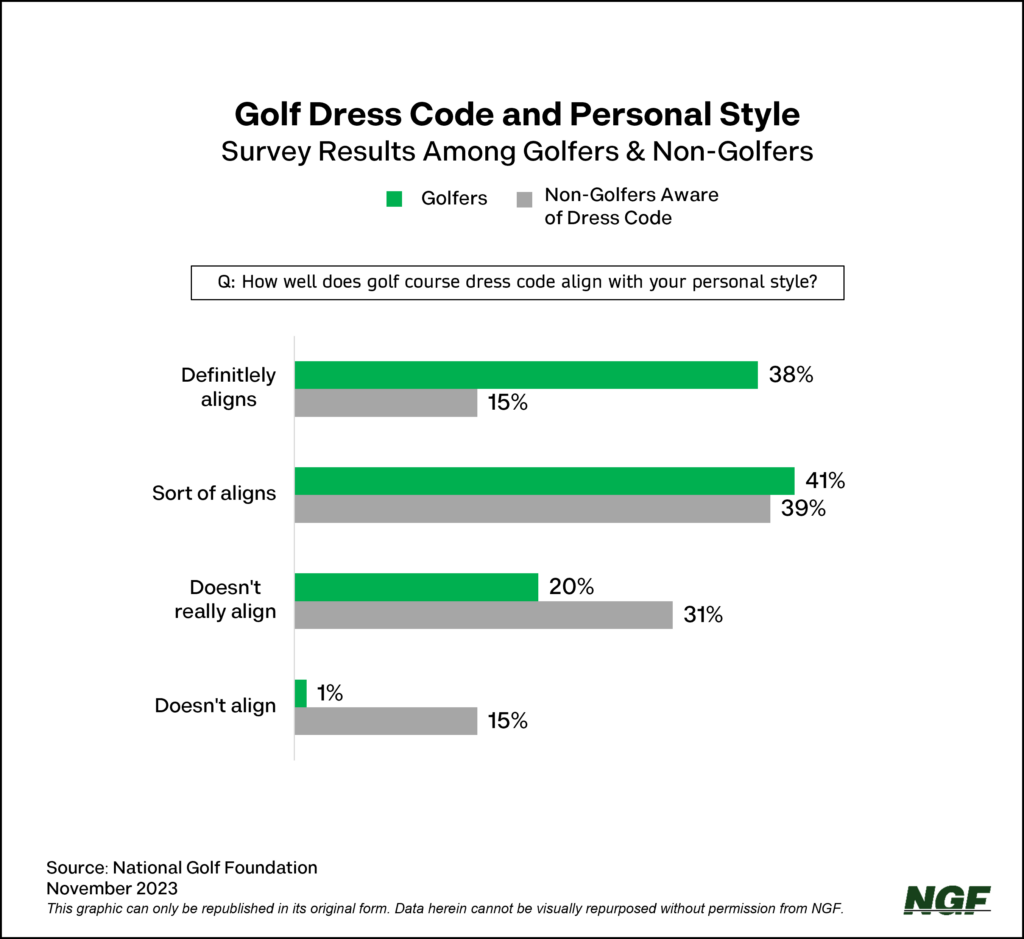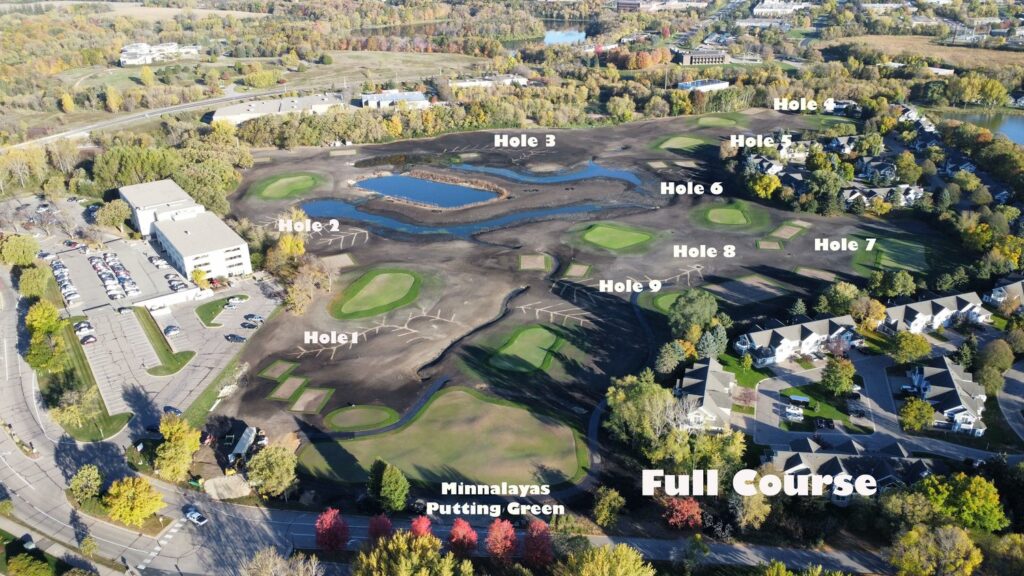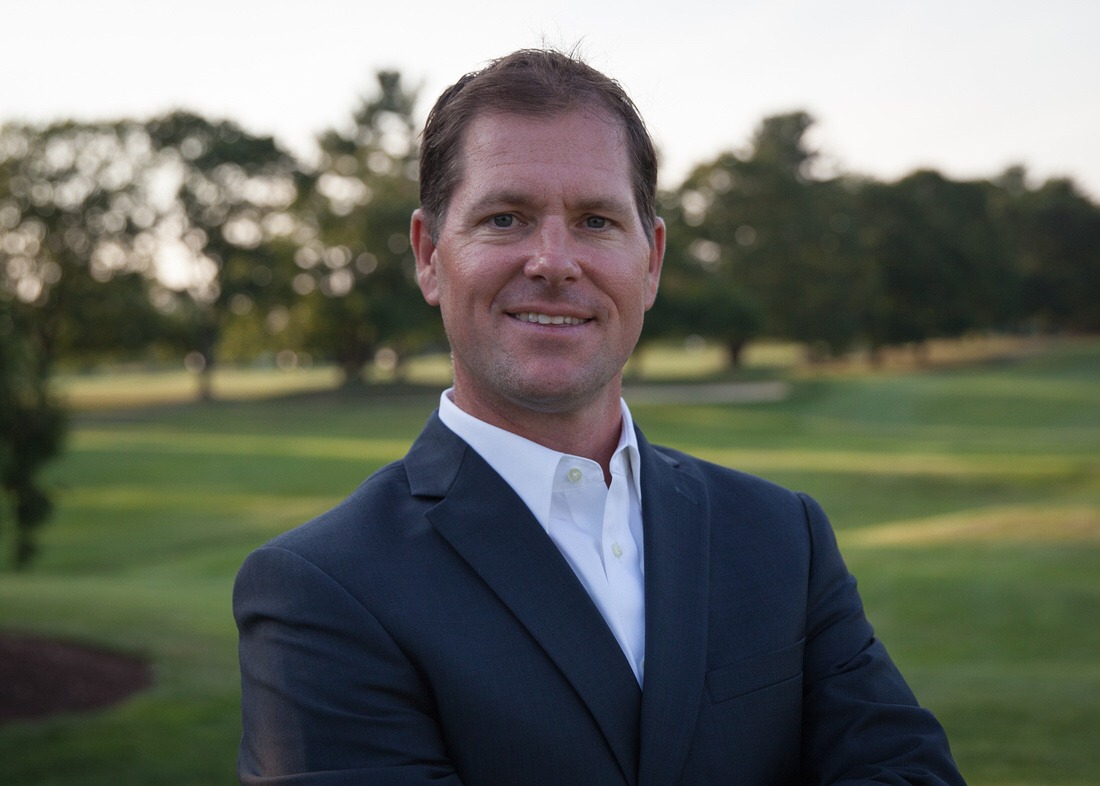The Impact & Import of a ‘More-Relaxed’ Dress Code
Go to the website of the Chaska Town course, an upscale municipal facility less than 30 miles southwest of Minneapolis, and golfers will find rules or policies regarding tee times, pace of play and carts. What they won’t find posted is a dress code.
“Don’t laugh, but I tell people who ask no tank tops and no cowboy boots,” said Chaska Town head pro John Kellin. “In my 20-plus years here, I only recall a few times it had to be addressed and mostly due to footwear. We sell nice T-shirts in our shop with our logo and if someone wants to play in that and a pair of shorts, have at it. We want our customers to feel welcome here, and knowing they aren’t being judged for their attire can help achieve that, especially the new golfers.”
Kellin is in the minority among public golf course operators, as more than 55% of responding head pros and general managers indicated in NGF surveys that a dress code is necessary or important most or all the time. But, as detailed in this accompanying Fortnight article, the sentiment from the general public – golfers and non-golfers alike – is quite different.
Even loosening up the traditional rules of dress could have a major impact on engagement; consider that among non-golfers who say they’re “very interested” in trying the traditional game, almost 70% said they’d be more likely to play if the dress code was more relaxed.
Of course, “more relaxed” can mean different things to different people.
And there invariably may be confusion among golfers as to whether what’s acceptable at one facility is considered appropriate at another in the same area. After all, there is no official dress code from one of the sport’s governing bodies, with the USGA rule book leaving discretion to “the committee” — defined as the person or group in charge of a competition or course — in regard to details on acceptable clothing. As such, rules can differ from course to course or club to club.
In a recent survey, half of responding golfers said “most” courses have a dress code, while just over one-quarter said “only some of them” do. A smaller percentage of golfers are under the perception that all golf courses have a dress code.

The reality is the fashion of golf continues to evolve. And more golf apparel companies are recognizing, and taking advantage of, the greater societal trends toward casual clothes (at work, home and beyond) and athleisure wear, not to mention people wanting to bring their individual style to the course. The on-course participant base continues to evolve as well, with the highest proportion of female (25%) and non-White (22%) golfers on record.
“People have a lot more choices and I think it speaks to the fact that the participants look a lot different. That has propelled a lot of the growth of the game,” said AHEAD Chief Executive Officer Anne Broholm. “People entering the game and golf being cool – or for the first time in a lot of people’s minds – it informs what we all bring to market in terms of a product. You have to speak to your audience.”
AHEAD is one of the golf industry’s leading distributors of headwear, apparel and accessories to the green grass, resort and corporate markets, and Broholm said even some conservative private clubs are “embracing (new looks and styles) rather than being stuck in yesterday’s trends.” It’s why AHEAD and others have incorporated more hoodies and casual wear in their golf offerings.
TravisMathew CEO Ryan Ellis isn’t a fan of uniformity in golf. He sees a place for super-casual as well as dressy and is encouraged that the industry overall is leaning more to the casual side given that his company falls in the “active lifestyle” category under the Topgolf Callaway umbrella. Ellis points to a private club in Southern California founded by former TravisMathew CEO Travis Brasher, the Huntington Club, which has no dress code.
“I would say 80% of people still come in a tucked-in polo because that’s how they’re comfortable and want to dress,” said Ellis. “Yet, I see people in t-shirts and shorts and think that’s cool, too. He’s got this really cool, mid-tier casual club. He’s making it younger and more approachable.
“That’s the big thing. The approachability of golf has changed,” Ellis adds. “With Topgolf entering (the space) and showing golf doesn’t have to be five hours and I have to tuck my shirt in. It can be a little more casual, in the right places. And I think it’s cool in certain places to have a little bit more of that stiff, tucked-in environment that represents that tradition. If we have that balance, both are equally cool.”
There are plenty of courses and clubs that don’t need (or want to) change the old-school product they offer. But even if that number is 1,000 clubs/courses, then it might behoove the other 94% to be more progressive, and less beholden to the game’s orthodoxies like strict dress codes and other formalities. People prioritize things in their lives that are fun (with their time and money), so there’s opportunity to create smiles through amenities, experience and pleasing and personal service.
Back in Chaska, Minnesota, the municipal offerings are expanding. In 2024, the 18-hole course will be joined by a new 9-holer called The Loop at Chaska, but this is more than just another short course that’s taking the place of an aging predecessor.
A joint venture between the City of Chaska and a group called Barrier Free Golf, the layout is the first to be designed expressly for the adaptive golfer. The course, which is comprised of eight par 3 holes and one par 4, incorporates several classic architecture features (like Seth Raynor’s “Double Plateau” green at the 73-yard 4th hole or dimpling in front of the sixth green inspired by Prestwick’s Alps hole). But more importantly, the course was built with four principal goals: accessibility, environmental sustainability, financial sustainability (through simplified maintenance practices), and finally — fun.
As part of the latter, visitors can wear whatever they like at The Loop at Chaska, along with its 25,000-square-foot putting course called the Minnalayas, when it opens in the spring of 2024.
“Our of our main goals, along with accessibility, is inclusiveness and bringing new players to the game,” Kellin said. “I see a dress code as a barrier. After all, our partner and theme is ‘Barrier Free Golf.’ On the private side, I completely understand, but I’m seeing more and more clubs relax a bit.”
Short Game.
"*" indicates required fields
How can we help?
NGF Membership Concierge

"Moe"
Learn From NGF Members
 Ship Sticks Secrets to a Hassle-Free Buddies Golf Trip
Ship Sticks Secrets to a Hassle-Free Buddies Golf Trip
Whether you’re the head planner of your upcoming buddies golf trip or simply along for the ride, we’ve gathered a few easy ways to keep everyone in your group happy.
Read More... Golf Course Turf, Soil and Water Quality Diagnostic Testing
Golf Course Turf, Soil and Water Quality Diagnostic Testing
As humans, we see our primary care physician on a regular basis to proactively evaluate our vital signs. Likewise, a superintendent should perform frequent diagnostic testing on their golf course.
Read More... Unlocking Distance: Launch Conditions and Angle of Attack
Unlocking Distance: Launch Conditions and Angle of Attack
We’ve long known that higher launch and lower spin is a powerful combination for generating consistently long and straight tee shots. A key factor in optimizing launch conditions, one often overlooked, is ...
Read More...





